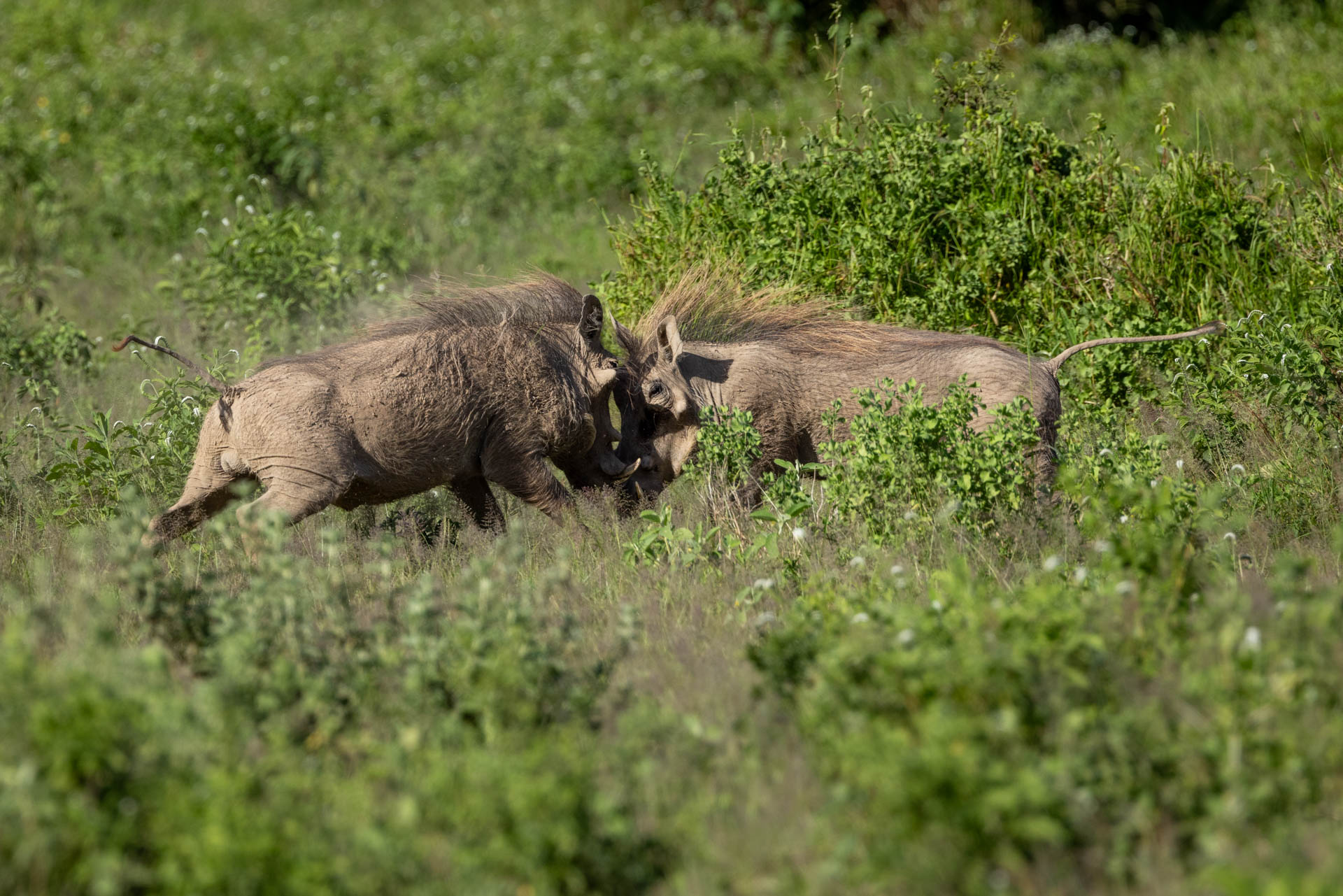
Over the last few weeks, heavy downpours have swept across Kenya and we've been treated to some incredible rain here in the Mara. This has meant along the Great Rift Valley, where the landscape is characterised by softly rolling hills, open grasslands and the meandering Mara River, the rain has transformed the landscape into a vast wetland. The River is full to the brim and flowing at such a rapid pace that it has become perilous for the hippos, who are known for their semi-aquatic lifestyle. As a result, pods have been forced to move and seek refuge on higher grounds. We have seen them congregating in large groups on riverbanks, in open areas and in the newly-formed puddles away from the fast-flowing river.
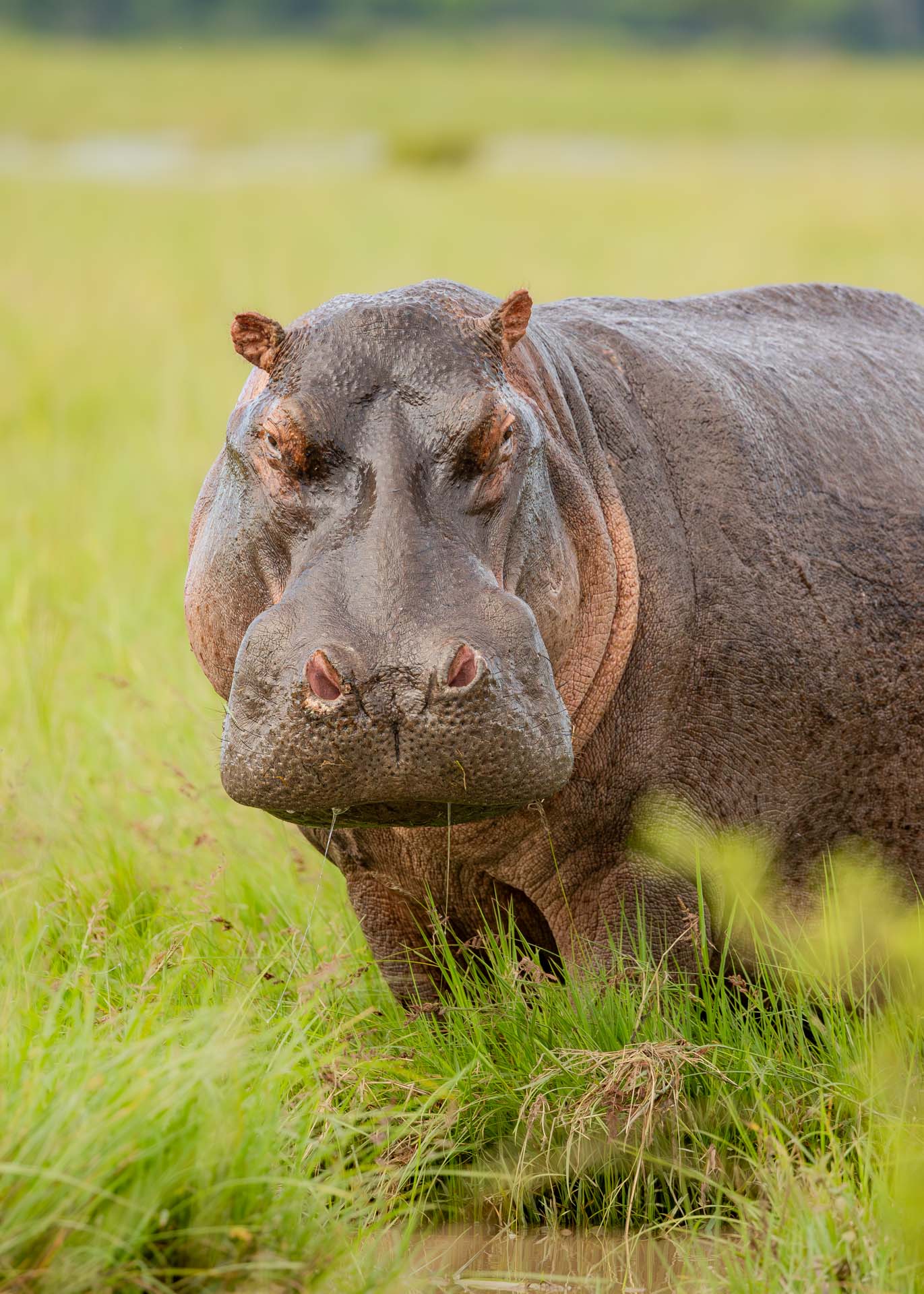
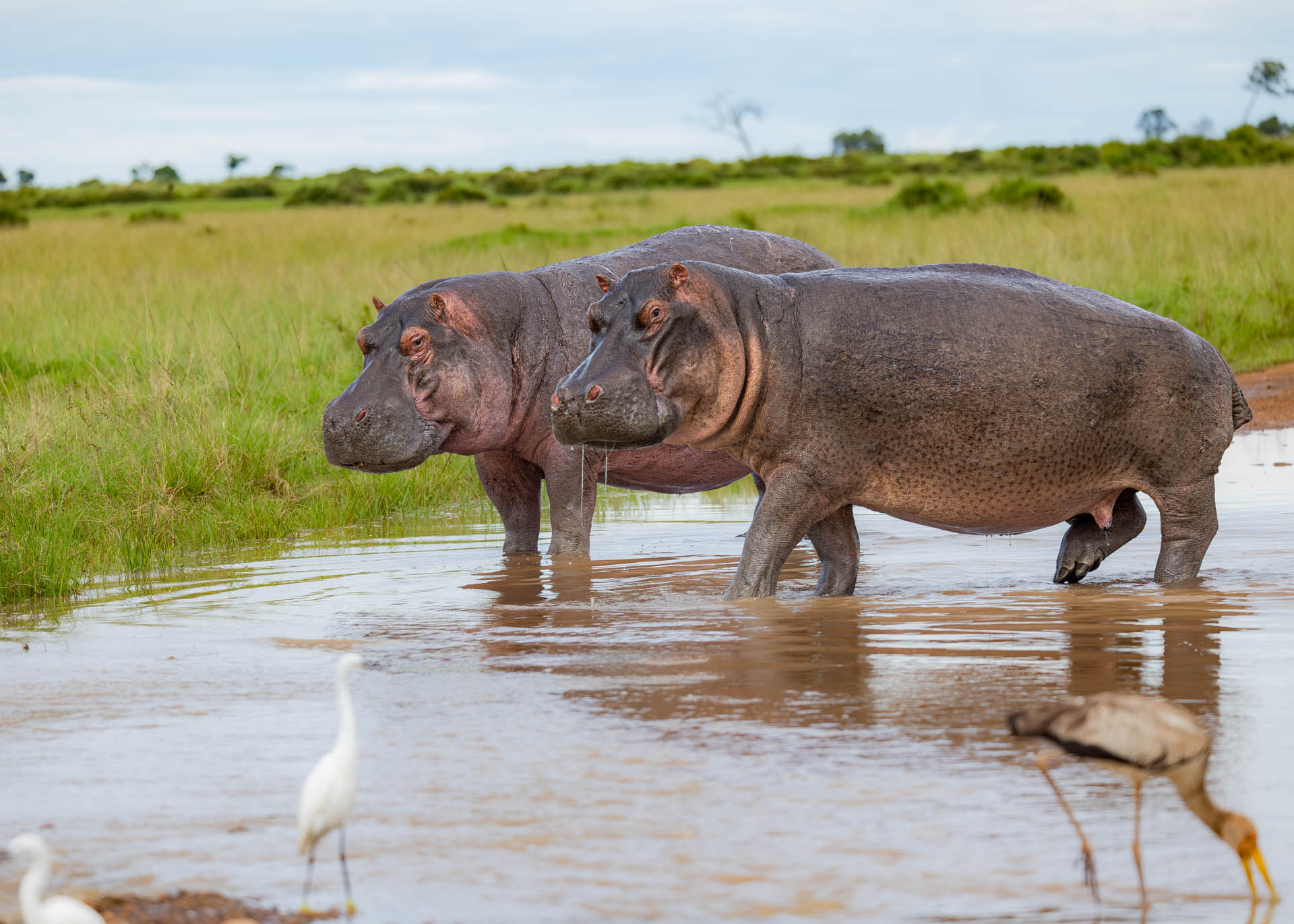
As the rain continues, the roads have also flooded and driving on them has become an adventure in itself. For the big cats of the Mara, who are known to be averse to getting wet, it has become a trying time. They typically avoid waterlogged areas and, as their usual hunting grounds become submerged, are venturing onto the roads, trying to find drier ground. They're not having much luck there either, as Angama Guide Lemaalo caught up with one of the Nyati Six males walking on the water-logged road. These boys are known for their adaptability and resilience, so they should be fine in these soggy times.
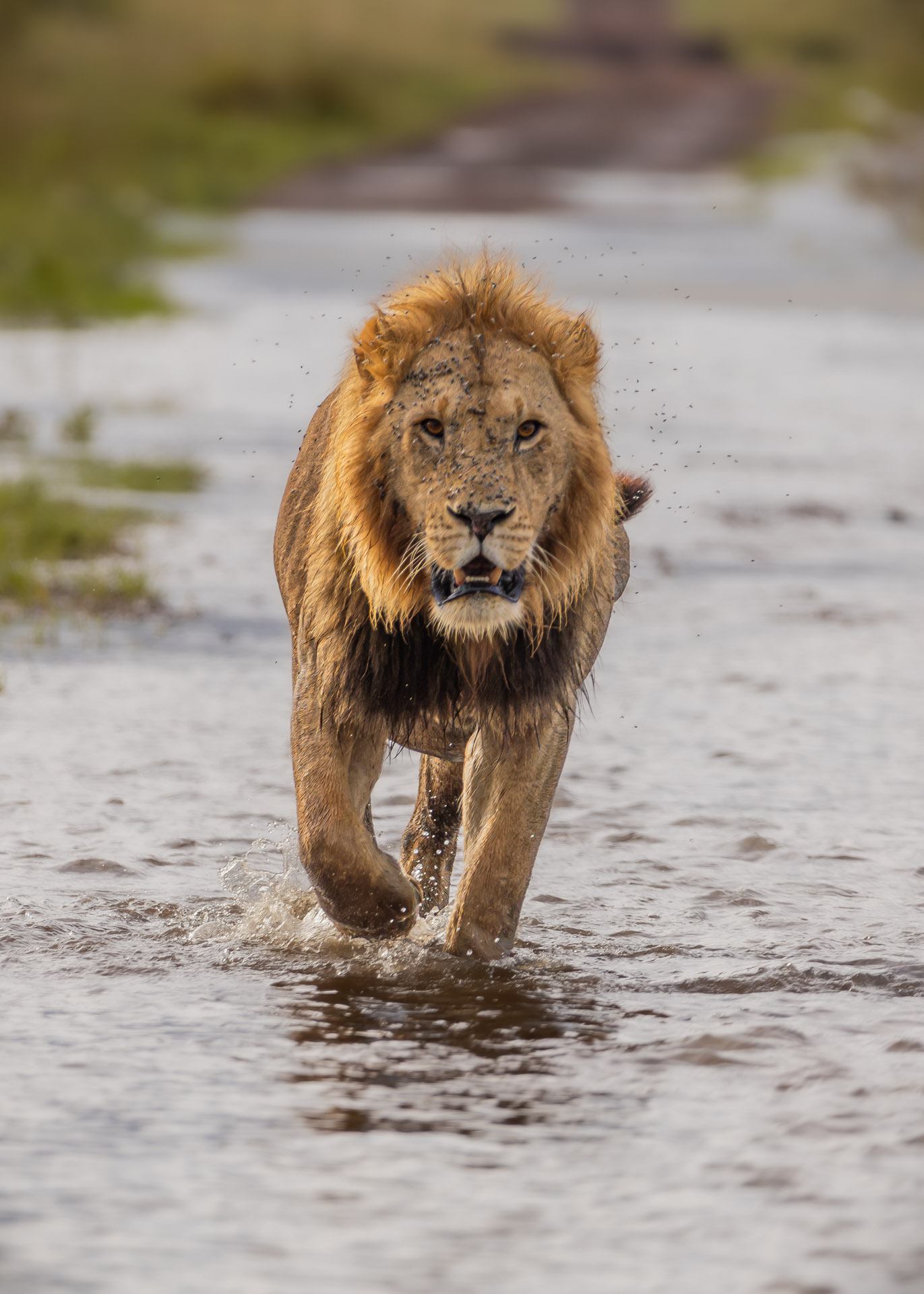
A drama continues to unfold between a River Pride female, the Nomad male and the youngster from the Owino Pride. Last week, both males were seen mating with different River Pride females but now, we have only seen them with one female. In male lion coalitions, the dominant male typically has greater access to mating opportunities due to their size, strength and experience. We saw the young Owino Pride male limping and were sure of one thing: he was the sore loser of the contest for mating. Perhaps that was not enough of a guarantee for the Nomad male to be comfortable — he was constantly looking around to check where the Ownio Pride youngster was. This hierarchy ensures that older, more experienced males have the highest odds of mating and their stronger genes get passed down to the next generation.
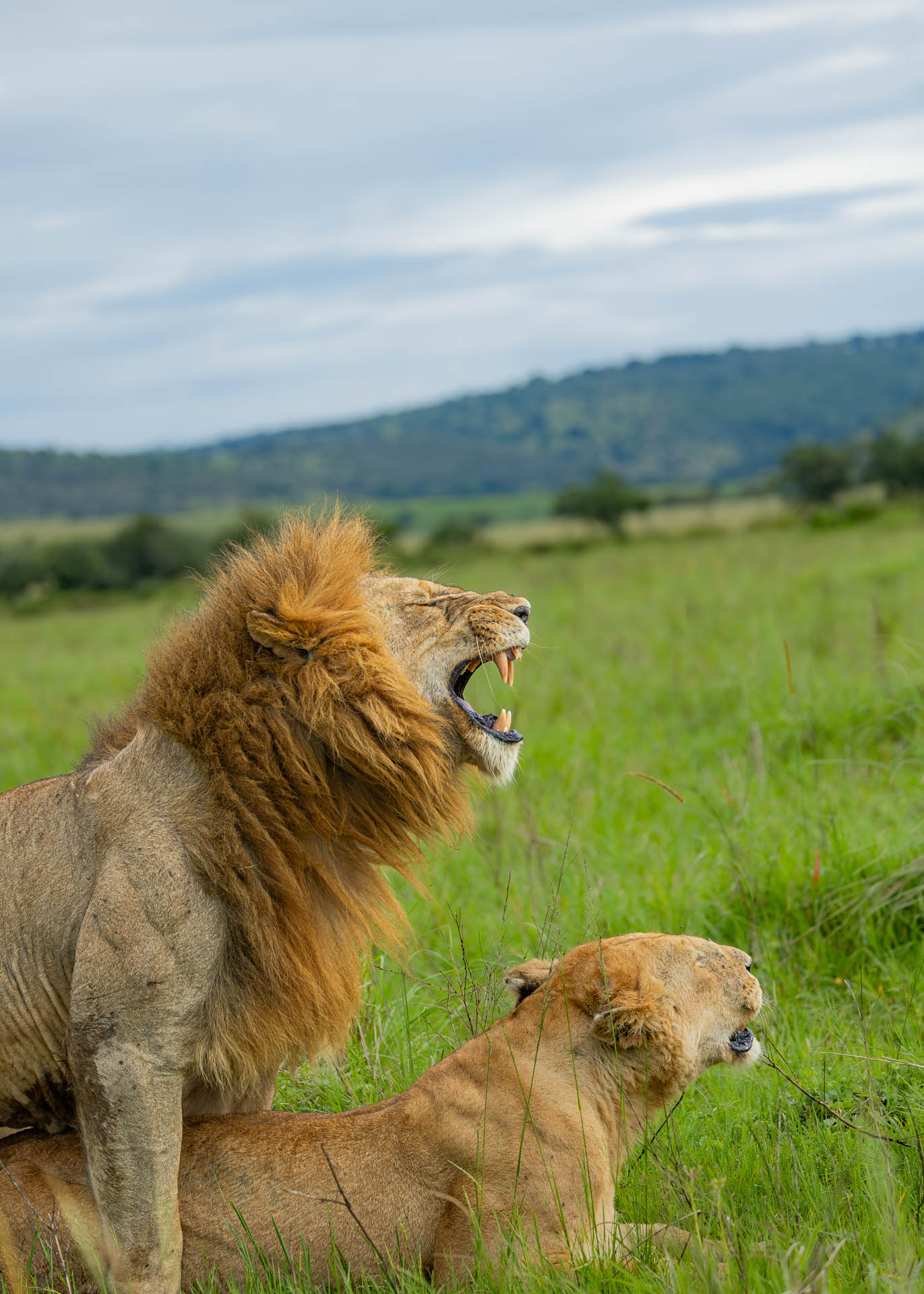

While staying here in the heart of the Maasai Mara, I embarked on a journey to conquer my greatest fear: snakes. When I joined the team, I eagerly devoured every blog post, where I stumbled upon a captivating story of a rock python with an impala kill. Days turned into weeks and months as I yearned for that elusive moment and the Mara, with its unpredictable nature, kept me on the edge of my seat. Then an encounter of a lifetime unfolded before my eyes this week. Time seemed to stand still as I captured this extraordinary moment; the fear I once had melted away and was replaced with a profound sense of awe and wonder. About five metres long, we watched the python as it slithered into the grass, gently lifting its head and scanning its environs before it disappeared. –Joseph Njenga

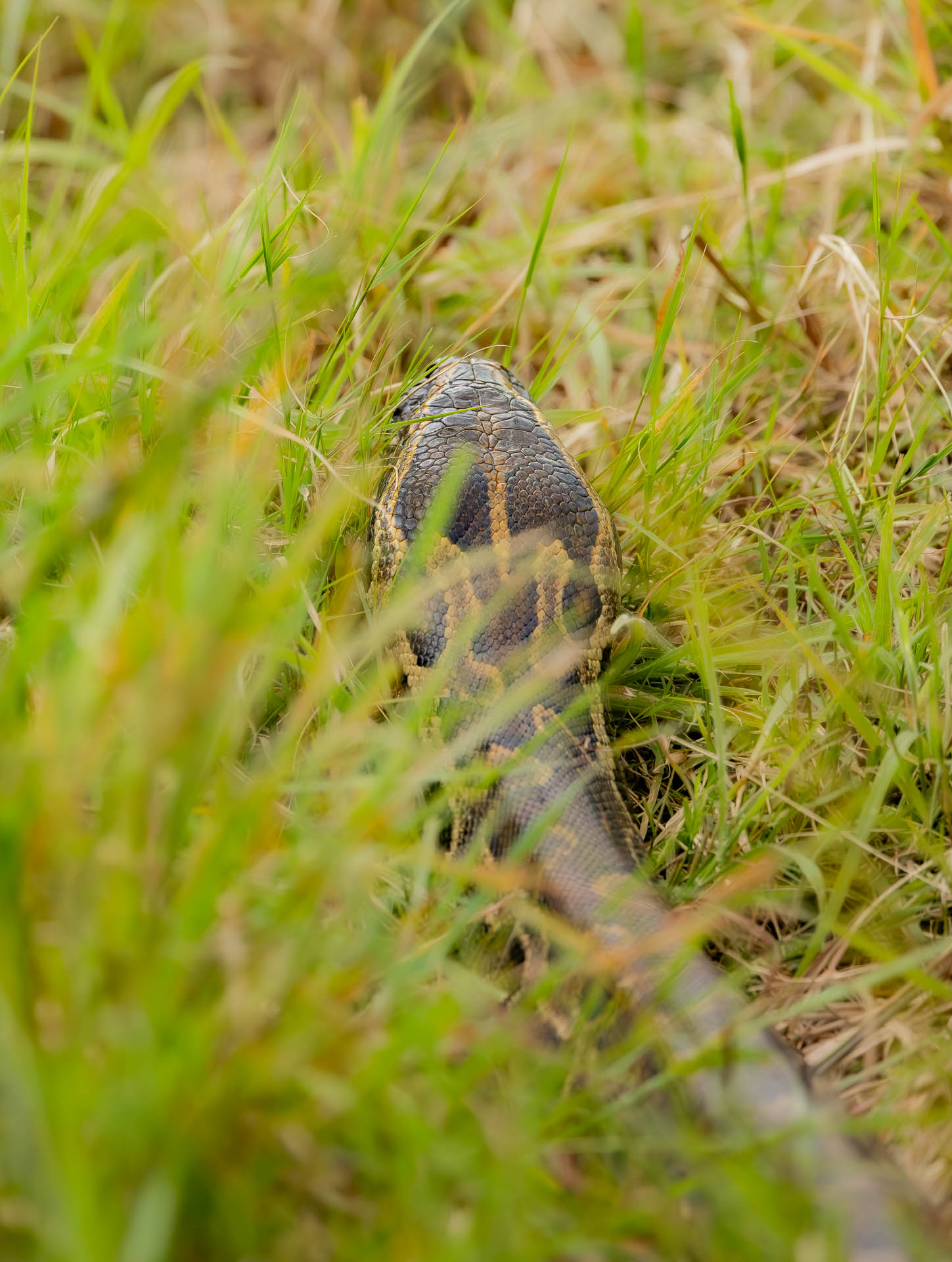

Among the many species of herbivores found in Kimana Sanctuary, one stands out in numbers: the warthog. Their population has been steadily rising, thanks to the Sanctuary's low predatory action, giving them a greater chance at survival. But with these numbers comes great competition, especially in the realm of mating.
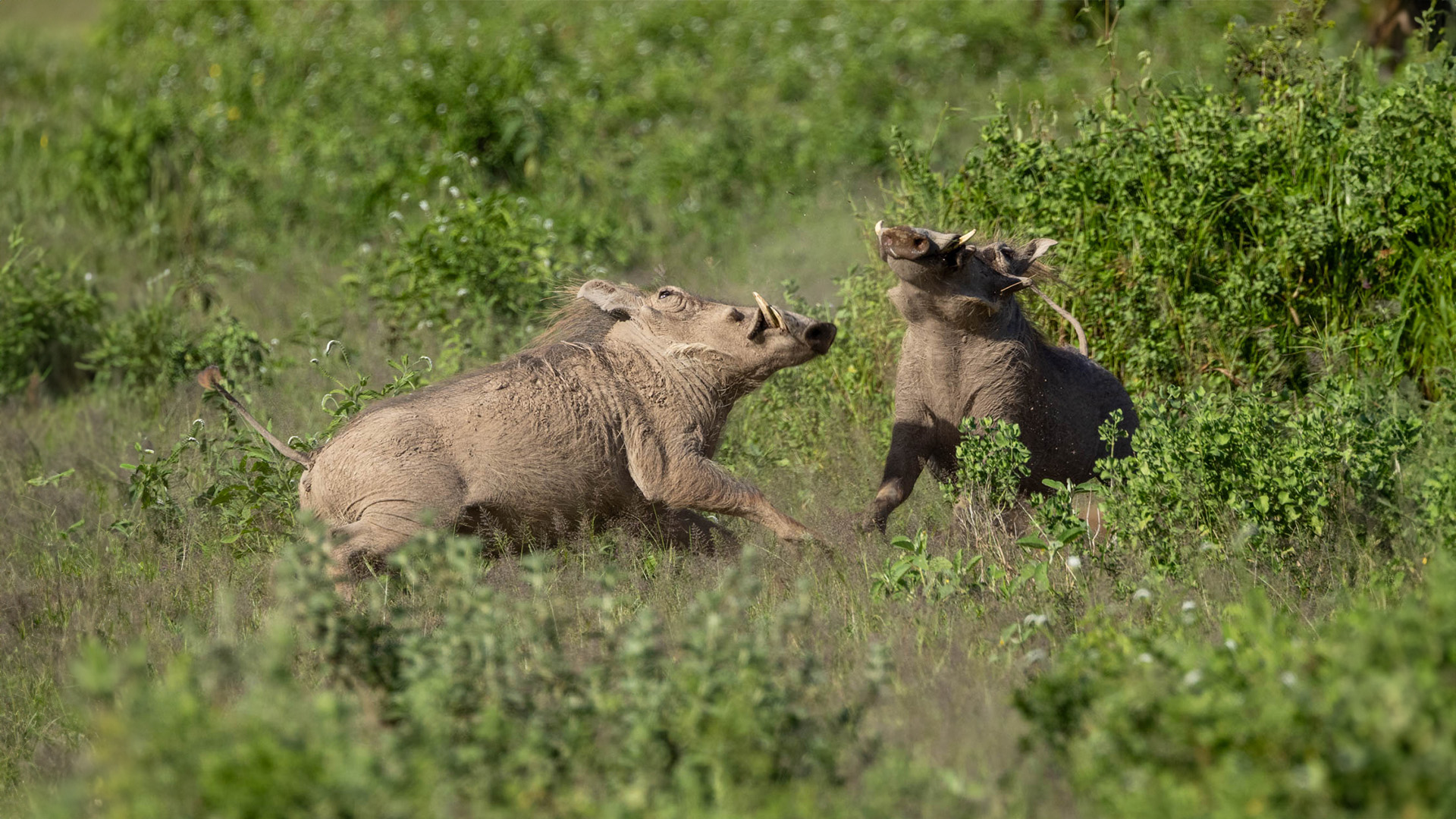
Warthogs have a mating system called polygynandry, where both males and females have multiple mates during the breeding season. Unlike some other animals, males don't lay claim to territories. However, when the females are in heat, things can get pretty intense between males. We recently observed a dramatic showdown between two burly boars — a heated scene, with fierce headbutting and tusk-clashing galore. Things got serious when the lower tusks came into play, leaving one boar injured, causing him to retreat and nurse his wounds. He'll need some time to recuperate before he can challenge again. Usually, adult males prefer their solitude, only joining female groups briefly when it's time to mate.
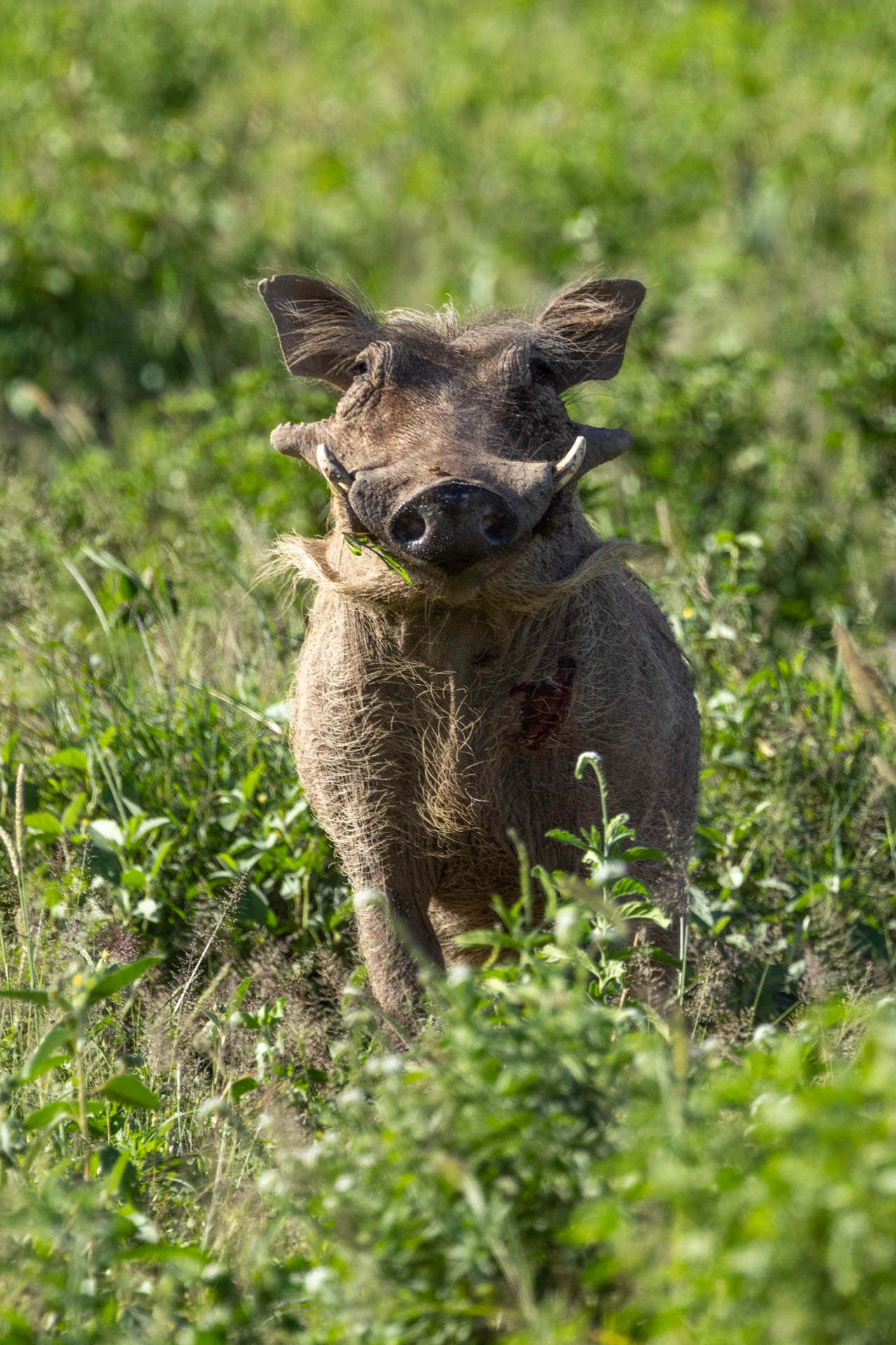
Meet Emoroo, a distinguished 36-year-old bull elephant and one of the majestic Tuskers residing in the Amboseli ecosystem. Emoroo belongs to the renowned EA family of elephants. The 1980s marked a dark era for elephants across Kenya and much of Africa. In a staggering decline, Kenya's elephant population plummeted from an estimated 167,000 to a mere 16,000 between 1973 and 1989. Remarkably, amidst this crisis, the Amboseli elephant population saw an increase. According to research by the Amboseli Trust for Elephants (ATE), this was due to the vigilant protection offered by the local Maasai community.
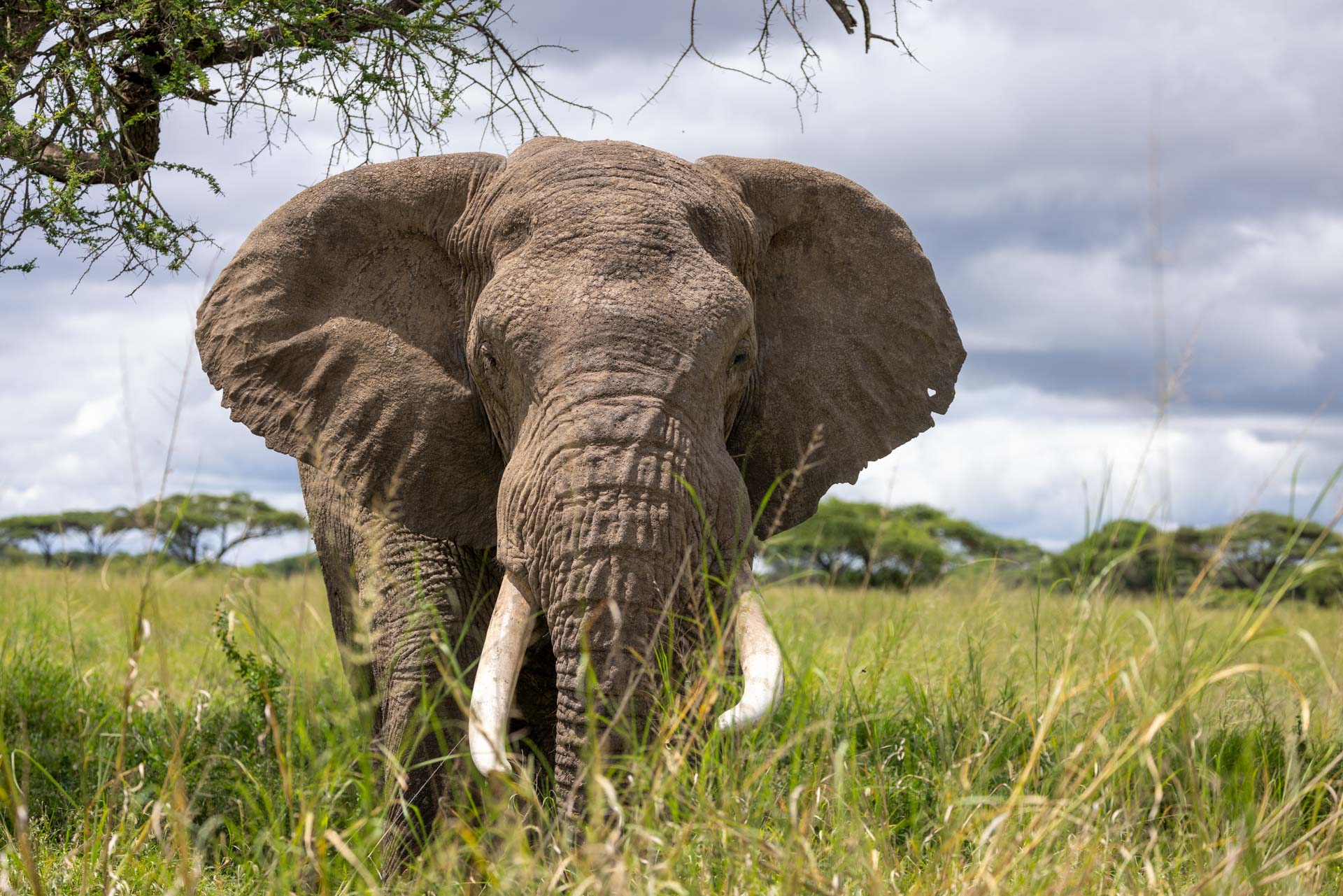
The enforcement of an ivory ban in January 1990 marked a turning point for Africa's elephant conservation efforts. Following the end of a devastating drought in 1984, the EA family was among those that thrived, witnessing 24 births before the year 2000. One of these was Emoroo, born in December of 1988. Since then, he has ventured out from his family and is often seen alone, though sometimes accompanied by other bulls his age.

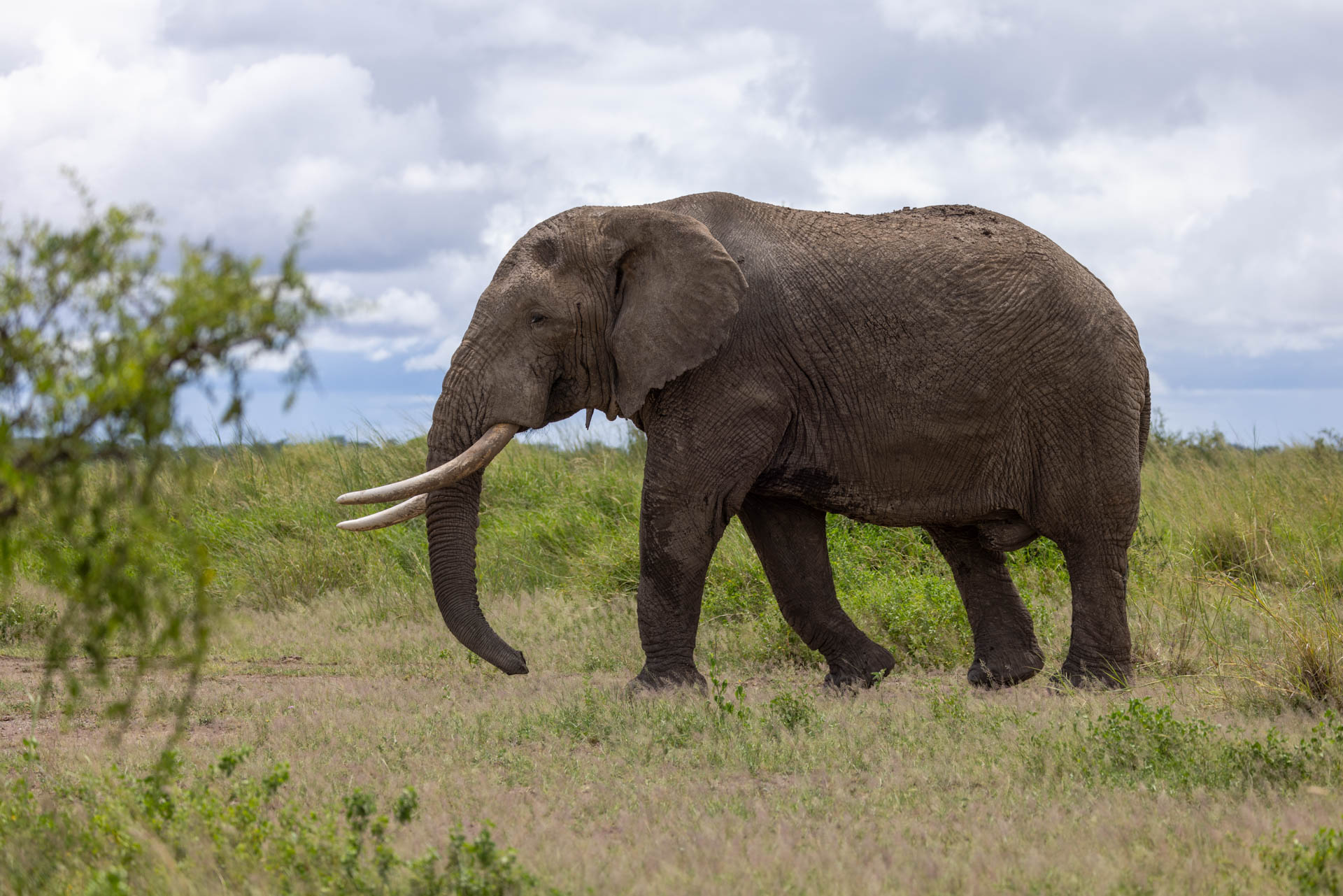
While enjoying the sunset views from Mnara (the observation tower at Angama Amboseli) you'll likely notice the presence of Abutilon indicum, also known as Indian mallow. It's a small shrub native to tropical and subtropical regions. Before the local community embraced conservation efforts, part of the Sanctuary served as arable land and grazing fields for cattle. As a result of crop farming, this invasive plant found its way here, and due to the ongoing rains, Indian mallow has been thriving rapidly — despite many insects's best efforts to eat it all.
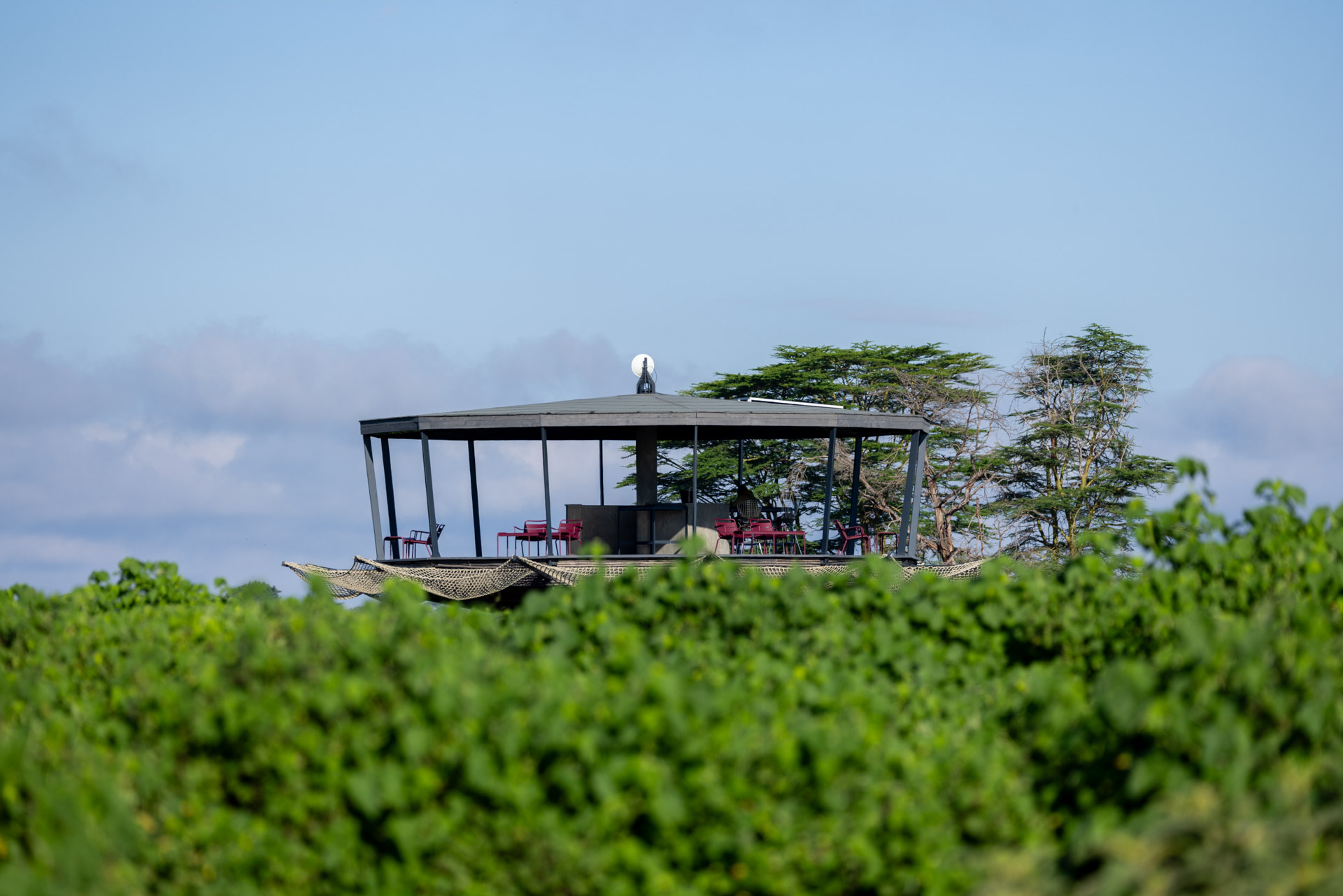

As I continue to expand my knowledge about birds, Angama Guide Daniel shared some interesting facts with me about a common bird in the Amboseli ecosystem — the long-tailed fiscal. This black and white species belongs to the family of shrikes, also known as ‘butcherbirds’ because they pierce their prey on sharp objects such as acacia thorns or barbed wire. The term originates from the Latin word laniidae, meaning 'butcher'.
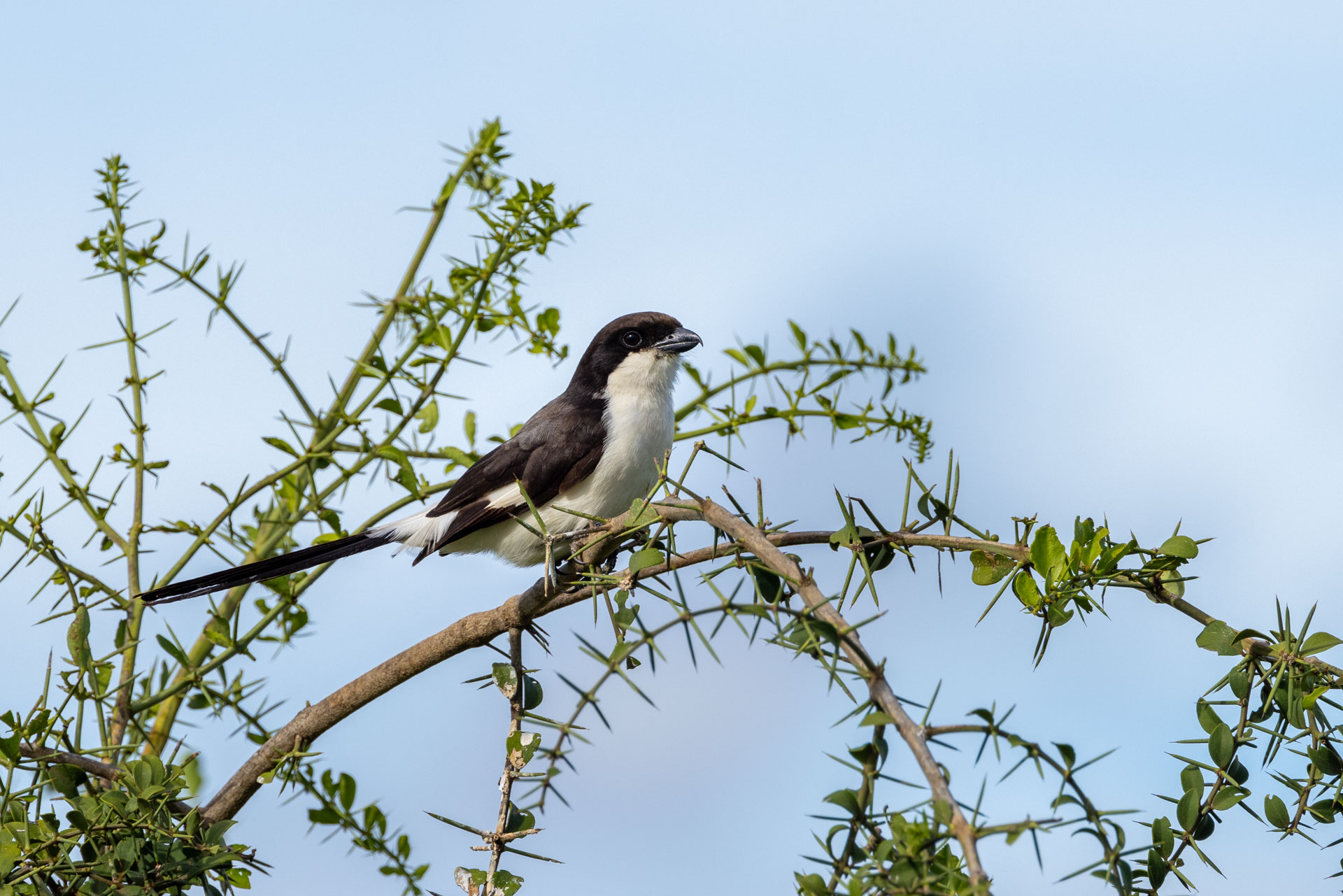
Another striking bird found in this region is the beautiful African hoopoe. Found across various habitats in Africa, it's known for its distinctive appearance and unmistakable call. With a crown of feathers and boldly patterned wings, the hoopoe can be easily identified even from a distance. Its call, a melodious 'hoo-hoo-hoo' often repeated in series, is reminiscent of the sound of blowing air into an empty water bottle, earning it the nickname 'bottle bird'. This serves as a form of communication and helps distinguish the bird's presence in its habitat. Known for their probing bill and distinctive foraging behaviour, bottle birds primarily feed on insects. They utilize their long, slender bills to probe the ground in search of prey, showcasing their adaptability and resourcefulness in obtaining food. –Sammy Njoroge

Filed under: This Week at Angama
Subscribe for Weekly Stories
Comments (0):
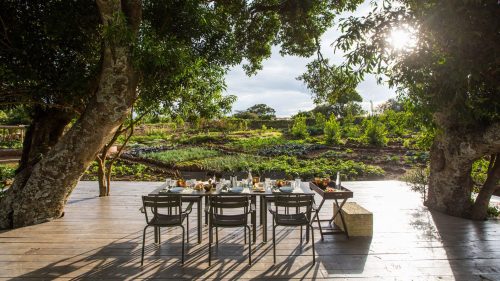
The Angama Shamba